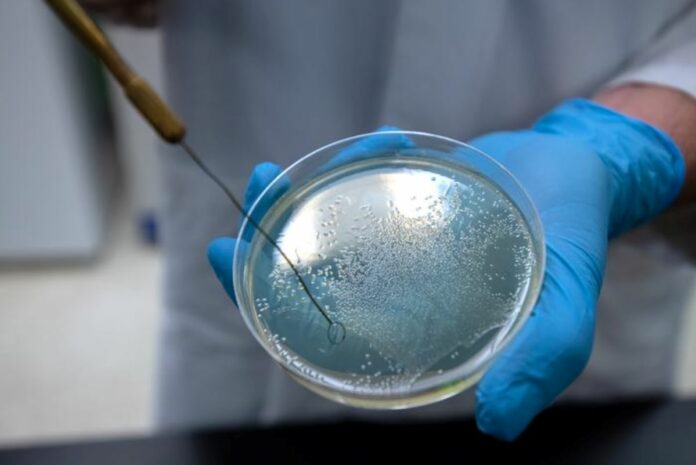Some of the world’s deadliest bacteria appear to have a taste for human blood, a new study has found.
Researchers have called this phenomenon “bacterial vampirism.” It offers new insights into the mechanics of bloodstream infections and how they could potentially be treated.
Salmonella, E. coli and Citrobacter koseri are a leading cause of death among patients with inflammatory bowel diseases, which affect millions of people around the world. These bacteria are known to enter the patient’s bloodstream through intestinal bleeding, where they can cause life-threatening blood infections and sepsis (the clinical name for bacterial blood poisoning).
According to the U.S. Centers for Disease Control and Prevention, nearly 270,000 Americans die every year as a result of sepsis. Thus, understanding how bacteria enter into our bloodstream is essential for public health.
A recent study led by Washington State University suggests that the blood-bound trajectories of these bacteria are no accident and that, instead, they actively seek out and feed on human blood.
Ted S. Warren, Washington State University College of Veterinary Medicine
“We learned some of the bacteria that most commonly cause bloodstream infections actually sense a chemical in human blood and swim toward it,” Arden Baylink, a professor at WSU’s College of Veterinary Medicine and corresponding author for the research, said in a statement.
In a study published in the journal eLife, the research team, led by PhD student Siena Glenn, used high-powered microscopes to watch how these different bacteria react to the presence of human blood.
The response was rapid, with each species of bacteria seeking out the blood source in less than a minute.
Looking closer, the team discovered that Salmonella bacteria have a special receptor on their surface that enables them to detect a specific chemical found in human blood serum. These receptors are likely also present on the surface of other “vampiric” bacteria, like E. coli.
The team hypothesized that the bacteria most likely feed off the nutrients in our blood serum, thus providing an evolutionary advantage for this blood-seeking behavior.
“By learning how these bacteria are able to detect sources of blood, in the future we could develop new drugs that block this ability,” Glenn said in a statement. “These medicines could improve the lives and health of people with [inflammatory bowel disease] who are at high risk for bloodstream infections.”
Is there a health problem that’s worrying you? Let us know via [email protected]. We can ask experts for advice, and your story could be featured in Newsweek.
Uncommon Knowledge
Newsweek is committed to challenging conventional wisdom and finding connections in the search for common ground.
Newsweek is committed to challenging conventional wisdom and finding connections in the search for common ground.


